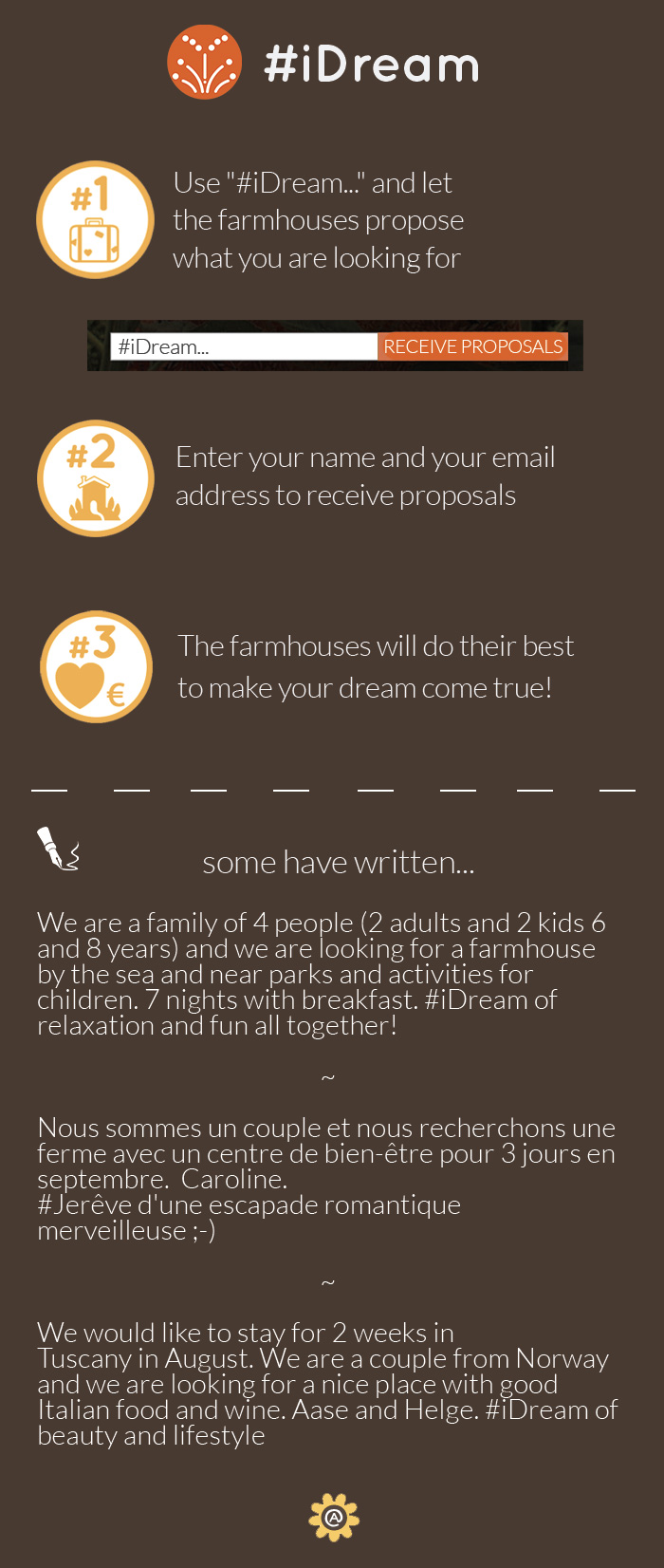


All the structures
Guide to vacation in Venetia
Venetia is traditionally a region of great attraction to tourists, with the presence of a high quality centre of interest such as Venice and of itineraries of great interest from an environmental and artistic point of view.
Travelling from Verona and going east through the charming upper Venetian plain, one comes to Soave, with its castle and circle of walls built by the Scaligeris (14th-15th century); Marostica, still surrounded by fourteenth century walls, where the annual chess game with living chessmen is played in the beautiful Piazza del Castello; Bassano del Grappa, with its medieval and Renaissance works of art. Nearby lies Asolo, a town of Renaissance appearance with picturesque porticoed streets; Castelfranco Veneto, birthplace of Giorgione, with the especially interesting house-museum of the artist and beautiful sixteenth century buildings enclosed within medieval fortified walls; lastly, Cittadella, a typical example of a fortified medieval village.
Farther north lies Feltre, another fortified town of ancient appearance, with famous Renaissance buildings, and Vittorio Veneto, of environmental and artistic interest (an altarpiece by Titian inside the Duomo). Near the boundary with Friuli lies Portogruaro, with important examples of Gothic and Renaissance architecture.
There are interesting places to visit also on the lower plain: among others, Montagnana with its old town centre enclosed by walls (13th-14th century) and Gothic-Renaissance Duomo; Este with a wealth of Renaissance buildings and churches and Monselice overlooked by a rock (remains of walls). Reaching the Adriatic, one comes to Chioggia, a picturesque village on a lagoon, full of canals and narrow "calli".
All over the Venetian plain, but especially in the Provinces of Treviso, Padua, Vicenza and Venice, stand numerous remarkable artistic rural constructions, the Ville Venete. Dates of construction of these villas range from the fifteenth to the nineteenth centuries. There are approximately five thousand Ville Venete, of which 1,400 are declared of historical and monumental interest. Of greater artistic importance are the villas built in great numbers during the 16th century, as a result of historical events (wars against Turkey, Spanish competition in the maritime cereals trade in the Mediterranean). The villa was the centre of a residential and productive complex, necessarily magnificent being destined to receive the rich landowners who transferred themselves there from the city.
For this reason, the best architects of the time competed to build these constructions and the most famous is, without doubt, Andrea Palladio, architect also of the splendid Rotonda, near Vicenza, the most famous of his creations. Navigation of the canal or Riviera del Brenta, between Venice and Padua, on a tourist steam-boat, the Burchiello, is an original and delightful way to enter the world of the Ville Venete.
The variety of the Venetian environment naturally allows ample space for traditional tourism. In the most northern part of the region are the very famous resorts with facilities for both the winter and summer seasons: Cortina d'Ampezzo, in the heart of the Dolomites; Arabba, between the Sella group and the Marmolada; Auronzo, in the upper Cadore; Alleghe, at the foot of Mount Civetta; Sappada, in the extreme north of the region; the Asiago plateau. Famous and busy seaside resorts include Bibione, Caorle, Lido di Iesolo, Lido di Venezia, Sottomarina and Albarella, a complex constructed on an island, all most important.
Tourists flock to the eastern bank of Lake Garda with the picturesque lakeside resorts of Lazise, Cisano, Bardolino, Garda, Torri del Benaco and Malcesine, which offer the possibility of a quiet holiday, made more pleasurable by a mild climate and a Mediterranean-type environment.
The Spa resorts are traditionally important; these include Recoaro, famous for its mineral waters, with facilities for winter tourism; Abano, Montegrotto, Galzignano and Battaglia, all on the slopes of the Euganean hills. The region also pleases the tourist who prefers unpolluted and open spaces: one excellent example is the Po Delta, which offers ample scope for the birdwatcher (numerous species of aquatic birds), another the Cansiglio forest in the Belluno area, one of the largest Italian forests. Finally, the Lessini mountains hold great attractions for the speleologist (various natural caves, including the Spluga della Preta, 889 m. in depth) and for those who are fascinated by the world of fossils (vicinity of Bolea: Eocenic fossils).